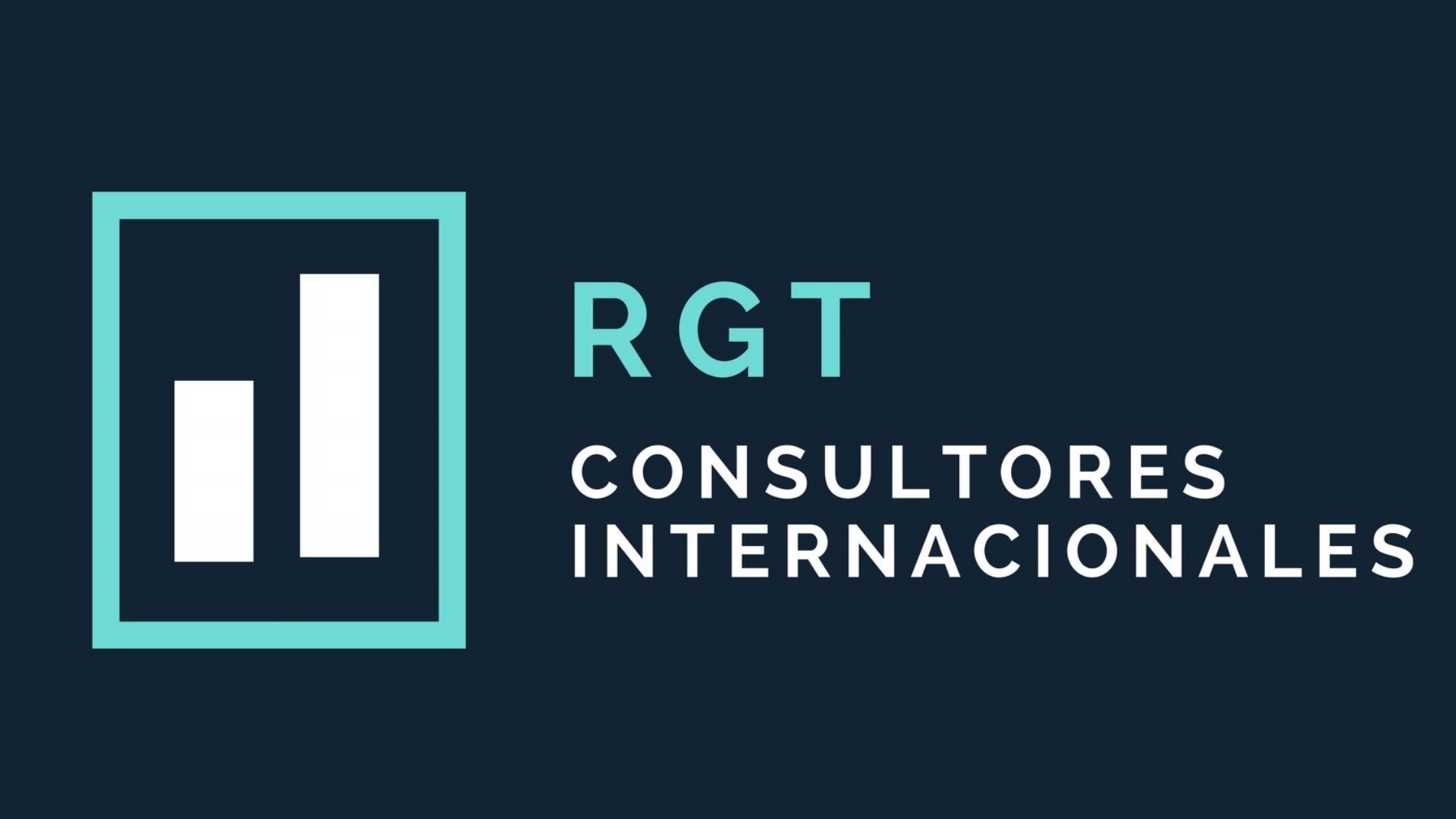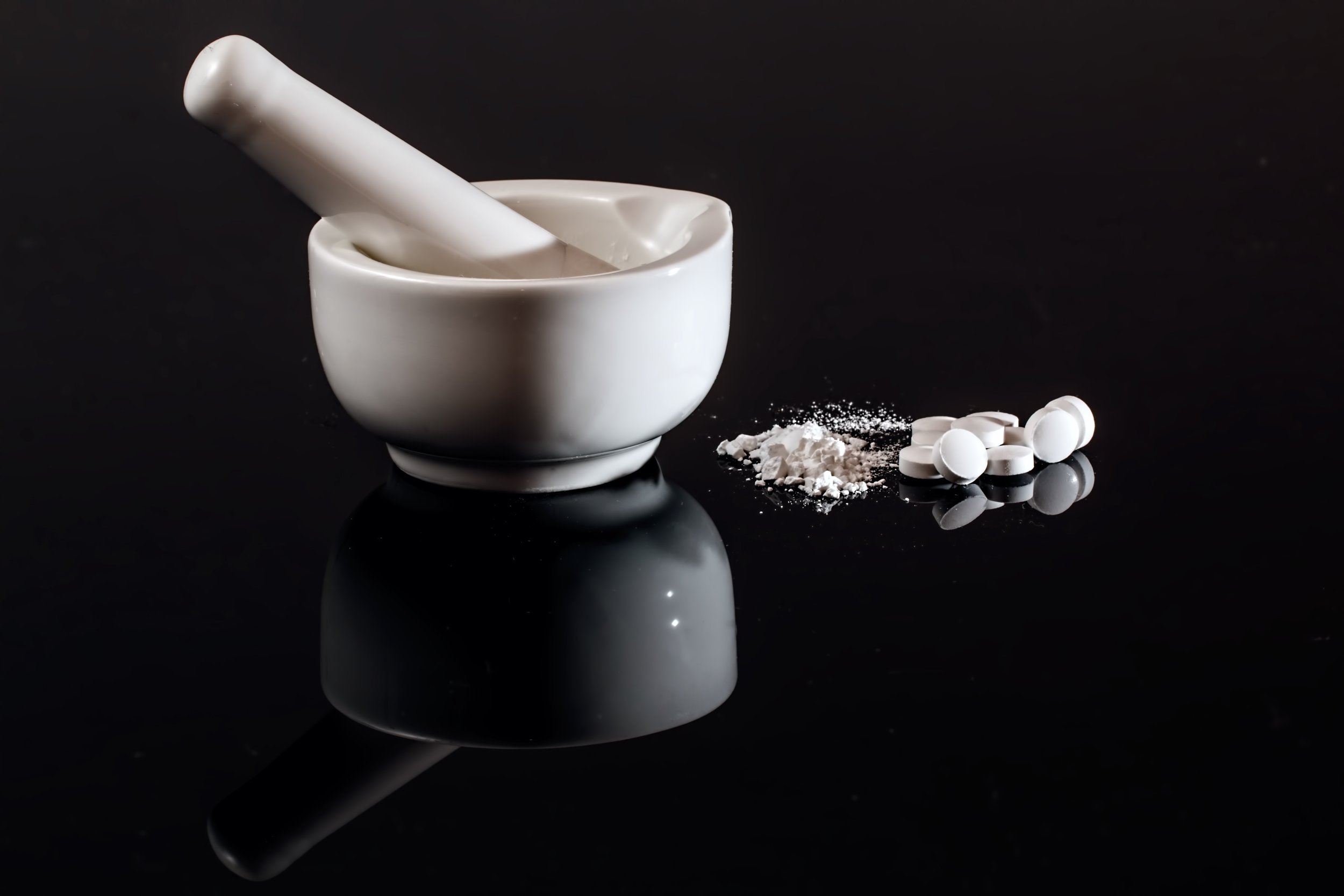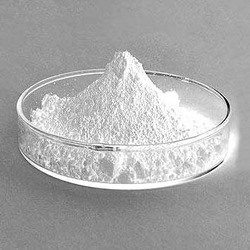What is an API (Active Pharmaceutical Ingredient) in Pharma?
In the pharmaceutical industry, a widely used term is “API”, which means Active Pharmaceutical Ingredient and refers to the ingredients or active pharmaceutical substances that can eventually be converted into a medicine.
What is an Active Pharmaceutical Ingredient?
According to the World Health Organization (WHO) the definition of an API is established as any substance used in a finished pharmaceutical product (FPP), whose ultimate goal is to develop a pharmacological activity or generate some direct effect in the diagnosis, treatment or prevention of a disease in a patient.
What is the difference between an Active Pharmaceutical Ingredient and a finished pharmaceutical product?
It is relevant to consider that when there is a mixture of an API with an excipient (inactive substance) or with some other API, it will remove the API title for the product and now it will be considered as the first stage of production of a finished pharmaceutical product.
We have to consider that the API is essentially the first step in the generation of a drug. Although this does not remove the high complexity involved within the pharmaceutical industry, considered as one of the most regulated and with strong quality requirements for documentation, handling, storage and distribution for the products (considered as GMPs - Good Manufacturing Practices) that are in line with health regulators, such as COFEPRIS in Mexico or FDA in the United States.
Finally, we see that the term API will remain key in the pharmaceutical industry for the following years or even decades. This we believe will happen until the API definition is too ambiguous or with such a broad spectrum in which new terms with greater specificity are found to describe the technologies used in the future.
Sources
WHO. (2019). Definition of Active Pharmaceutical Ingredient. [online] Disponible en: https://www.who.int/medicines/areas/quality_safety/quality_assurance/DefinitionAPI-QAS11-426Rev1-08082011.pdf [Accesado 15 Ago. 2019].
Patents.google.com. (2019). WO2014084921A1 - Pharmaceutical manufacturing method and compositions - Google Patents. [online] Disponible en: https://patents.google.com/patent/WO2014084921A1/en [Accesado 15 Ago. 2019].



